Introduction
If you are a gardening enthusiast or a landscaping professional, you have probably heard of Viburnum. This versatile plant species is highly valued for its ornamental beauty, medicinal properties, and wildlife benefits. With over 150 different species to choose from, Viburnum offers a wide range of options for any garden or landscape design.
In this comprehensive guide, we’ll explore the fascinating world of viburnum, covering everything from the different types of viburnum to its cultivation, common uses, and potential problems. By the end of this article, you will have a better understanding of what makes this plant such a valuable addition to any garden or landscaping project.
So, whether you are a seasoned gardener or just starting out, let’s dive into the world of Viburnum and discover the many benefits this amazing plant has to offer.
Types of Viburnum
This plant is a diverse plant species that includes more than 150 types, each with its own unique characteristics and features. Here are some of the most popular types of Viburnum:
1. Arrowwood Viburnum

This deciduous shrub, also known as Viburnum dentatum, can reach heights of up to 10 feet. Native to North America, this kind of plant is prized for its lovely foliage, which turns an intense red in the fall. In the spring, this plant puts forth clusters of white flowers, and in the fall, it bears blue-black berries.
2. Snowball Viburnum

Deciduous shrub Viburnum opulus ‘Roseum’, also known as it, can reach heights of up to 12 feet. The large, showy white flower clusters that resemble snowballs on this type of plant are its most distinctive feature. Fall is when this species produces bright red berries that many bird species adore.
3. Leatherleaf Viburnum

Evergreen shrub Viburnum rhytidophyllum, also known as, can reach a height of 10 feet. The large, glossy, dark green leaves of this species are prized. In the spring, varieties produce clusters of tiny white flowers, which are followed by red berries in the fall.
4. Doublefile Viburnum

Known as Viburnum plicatum tomentosum, is a deciduous shrub that grows up to 12 feet tall. This species is known for its interesting horizontal branching pattern, which gives it a unique appearance. This species produces clusters of white flowers in spring, followed by red berries in autumn.
5. Korean Spice Viburnum
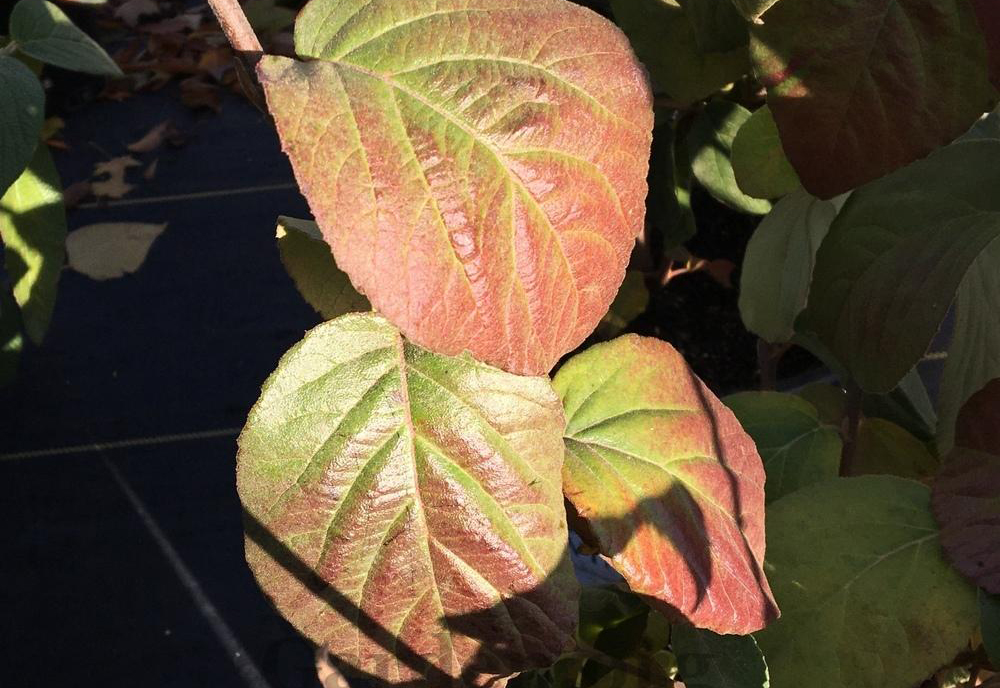
Viburnum carlesii, also known as Korean Spice Viburnum, is a 6 foot tall deciduous shrub. This species is valued for its fragrant pink or white spring flowers and red berries that ripen in the fall and are enjoyed by many bird species.
These are just a few of the many types of Viburnum available. Each type has its own unique characteristics and features, making it important to choose the right type for your specific gardening or landscaping needs.
Cultivating Viburnum
Growing these types of plants is relatively easy, but it’s important to follow the proper steps to ensure your plants thrive. Here are some tips for cultivating it:
1. Soil Preparation and Planting Techniques
This plant grows best in well-drained soil that is rich in organic matter. Before planting, prepare the soil by adding compost or other organic matter to improve drainage and fertility. When planting Viburnum, dig a hole that is twice as wide as the root ball and just as deep. Place the plant in the hole and backfill with soil, making sure to tamp the soil down firmly.
2. Watering and Fertilization Requirements
Regular watering is necessary for this plant, especially during the first few years of growth. Once a week, give the plants ample water, making sure to completely saturate the soil. These plants gain from spring fertilizer application of a balanced fertilizer. For rates and application techniques, adhere to the manufacturer’s instructions.
3. Pruning and Maintenance Tips
Pruning is important for maintaining the health and shape of Viburnum. Prune in the late winter or early spring before new growth begins. Remove any dead, damaged, or diseased branches, as well as any crossing branches that may rub against each other. You can also prune to shape the plant or to control its size.
4. Pest and Disease Control
Although plants are generally resistant to pests and diseases, it is still crucial to keep an eye out for any warning signs. Aphids, spider mites, and scale insects are frequent pests, and powdery mildew and leaf spot are frequent diseases. Any pest or disease issues should be treated right away with organic or chemical controls.
Common Uses of Viburnum
This plant is a multipurpose plant that can be utilized in both domestic and professional settings. Here are some frequent examples:
1. Hedge and Privacy Screen
This type of plant is a popular choice for creating hedges and privacy screens because of its compact growth habit and attractive foliage. Plant in a row, spaced about 3 to 5 feet apart, to create a living hedge that provides privacy and visual interest.
2. Ornamental Shrubbery
This kind of plant is favored for ornamental shrubs due to its eye-catching foliage, showy flowers, and vibrant berries. To add color and texture to your landscape, plant in mixed borders or as a specimen plant.
3. Wildlife Habitat
This plant is a valuable addition to any wildlife habitat because it produces berries that are a favorite food source for many bird species. To draw different bird species to your yard, plant viburnum in naturalized areas or close to bird feeders.
4. Cut Flowers and Floral Arrangements
Viburnum’s attractive flowers and foliage make it a popular choice for cut flower arrangements. Cut the stems when the flowers are just starting to open and place them in a vase with fresh water for a long-lasting floral display.
5. Medicinal Purposes
Viburnum opulus, have been used for medicinal purposes for centuries. The bark and berries of these plants have been used to treat a variety of ailments, including menstrual cramps, headaches, and fever.
Is a useful plant that has numerous applications in both domestic and professional settings. Viburnum is a versatile and lovely option whether you’re looking to make a living fence, add color and texture to your landscape, or draw wildlife to your yard.
Common Problems and Solutions
Despite being generally resilient and low-maintenance, this plant can still be vulnerable to a few common issues. The following are some of the most typical issues and their fixes:
1. Pest Infestations
Aphids, spider mites, and scale insects are just a few of the pest infestations that this plant may be vulnerable to. In severe cases, these pests may even kill the plant by damaging the stems and leaves of the plant. Use insecticidal soap, horticultural oil, or introduce natural predators like ladybugs or lacewings to your garden to control pest infestations.
2. Fungal Diseases
Many different fungal diseases, such as powdery mildew and leaf spot, can affect this plant. These ailments can harm a plant’s leaves and stems, and in severe cases, they may even kill the plant. Remove any infected plant material and apply a fungicide to the plant to control fungal diseases. Be sure to adhere to the application rates and procedures recommended by the manufacturer.
3. Environmental Stress
This plant may be vulnerable to environmental stresses like drought, extremely high temperatures, or extreme cold. These stressors can harm a plant’s leaves and stems, and in extreme cases, they might even kill the plant. Water your plants frequently, provide adequate shade or shelter during extreme weather, and plant viburnums in locations that meet their needs for sunlight and soil to reduce the effects of environmental stress.
4. Pruning Damage
While pruning is important for maintaining the health and shape of Viburnum, improper pruning can cause damage to the plant. Avoid pruning during the summer months, as this can stimulate new growth that is susceptible to damage from extreme heat or cold temperatures. Also, make sure to use clean, sharp pruning tools to prevent the spread of disease.
Frequently Asked Questions (FAQ)
1. What is Viburnum?
Viburnum is a genus of shrubs and small trees that are native to Asia, Europe, and North America. There are over 150 species of Viburnum, each with its own unique characteristics and growing requirements.
2. What are the common uses?
This plant is adaptable and can be used in a wide range of applications, including as a hedge or privacy screen, ornamental shrubbery, a habitat for wildlife, cut flowers, and for therapeutic purposes.
3. What are the growing requirements?
Viburnum grows best in well-draining soil that is rich in organic matter. Most species prefer full sun to partial shade, although some can tolerate full shade. Water regularly, especially during the summer months, and fertilize once a year in the spring.
4. What are the common problems?
Viburnum can be susceptible to pest infestations, fungal diseases, environmental stress, and pruning damage. To prevent these problems, make sure to provide proper care and maintenance for your plants.
5. How do I prune Viburnum?
Prune Viburnum in late winter or early spring before new growth appears. Remove any dead, damaged, or diseased branches, and shape the plant as desired. Avoid pruning during the summer months, as this can stimulate new growth that is susceptible to damage from extreme heat or cold temperatures.
6. Can Viburnum be grown in containers?
Yes, Viburnum can be grown in containers as long as the container is large enough to accommodate the plant’s root system. Use a well-draining potting mix and water regularly, especially during the summer months.
7. What are some popular species?
Some popular species of include opulus (European cranberry bush), plicatum (Japanese snowball), tinus (laurestine), and trilobum (American cranberry bush).
8. How do I propagate?
Viburnum can be propagated by seed, cuttings, or layering. Seed propagation is the easiest method, but it can take several years for the plant to reach maturity. Cuttings and layering are more reliable methods, but require more skill and effort.
9. Is Viburnum toxic to pets or humans?
Some viburnum species, such as opulus, have poisonous berries that can cause vomiting, diarrhea and other symptoms if ingested by pets or humans. Be sure to choose non-toxic species if you have pets or small children.
10. Where can I buy?
Viburnum plants can be purchased at most garden centers, nurseries, and online retailers. Make sure to choose a reputable seller and select plants that are healthy and disease-free.

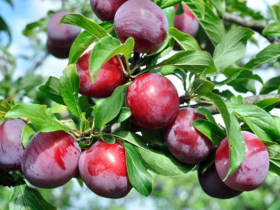
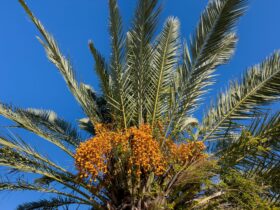

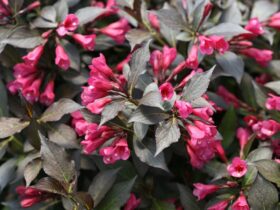
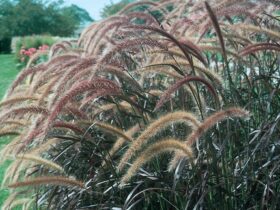
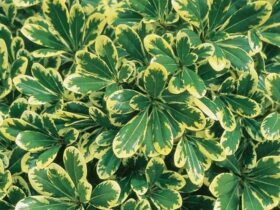

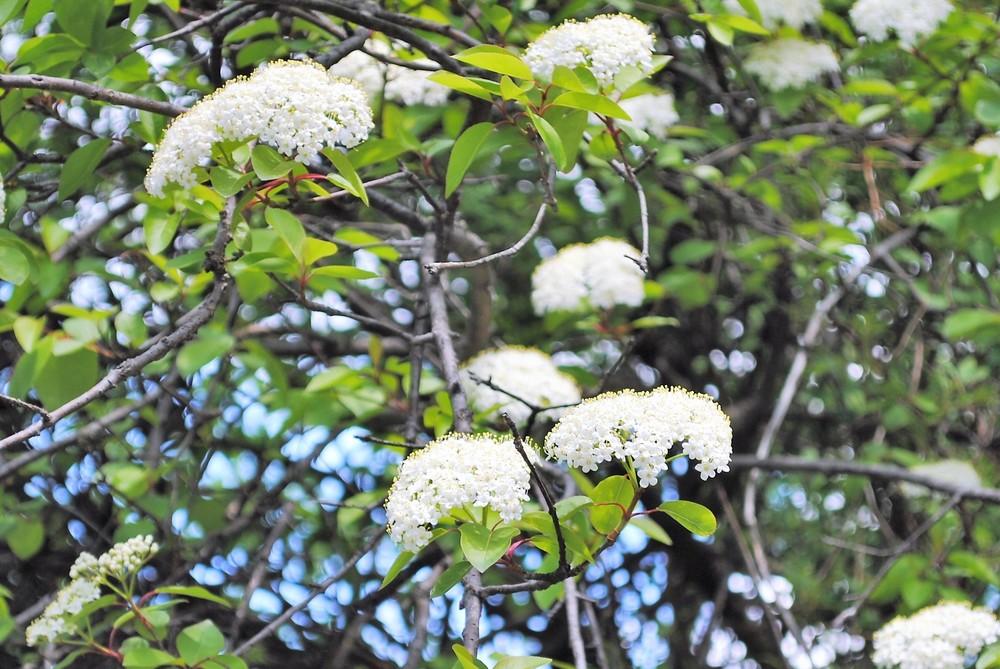


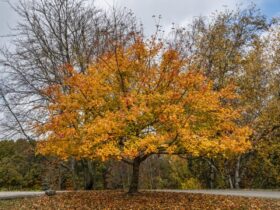

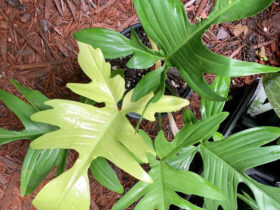

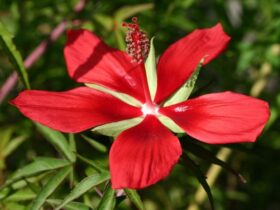
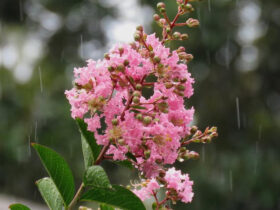
Leave a Reply